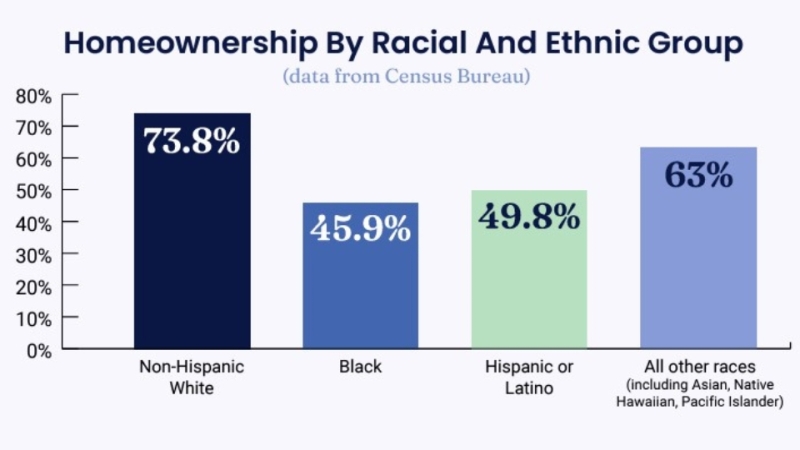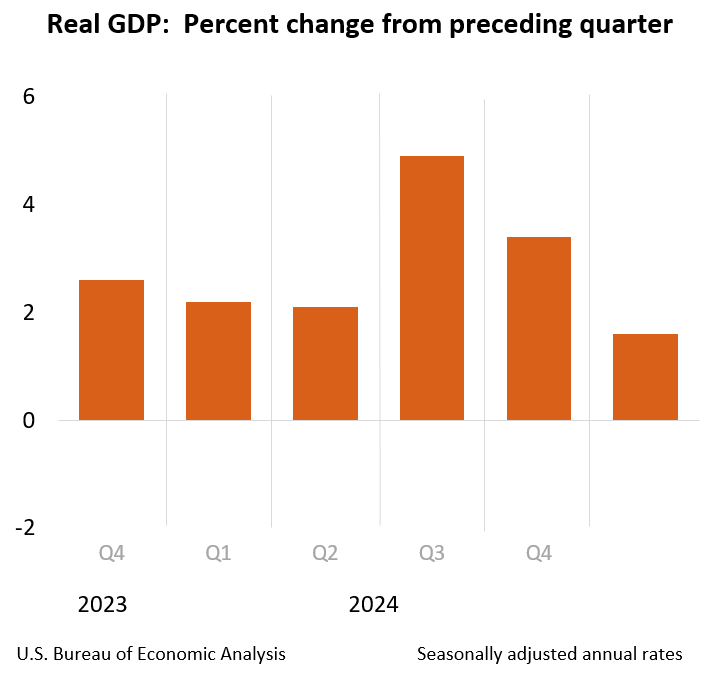Advertisement
NAMB Legislative and Regulatory Conference coming to Capitol Hill
CMPS Institute: Four ways the stimulus plan benefits homeowners and buyersGibran NicholasCMPS Institute, Gibran Nicholas, stimulus plan, tax credit, homebuyer tax credit, reverse mortgage
"There are four primary sections of the economic stimulus plan
that will benefit home owners and buyers," said Gibran Nicholas,
chairman of the CMPS Institute, an organization that certifies
mortgage bankers and brokers.
Benefit I: Expansion of home improvement tax
credit
"The tax credit for making energy efficient home improvements is
now 30 percent of the cost of the improvements up to a maximum of
$1,500," Nicholas said. "This means that if the improvements cost
you $4,500, you would receive a tax refund of $1,500 when you file
your tax returns." Eligible improvements include energy efficient
exterior doors and windows, insulation, heat pumps, furnaces,
central air conditioners and water heaters. "Generally, most modern
improvements like windows, furnaces, and air conditioners meet the
necessary standards for energy efficiency," Nicholas said. "If
you've been holding off on making some of these improvements, now
is a great time to get a move on it--especially with all the great
deals being offered."
Benefit II: Expansion of first-time homebuyer tax
credit
The tax credit available to first time home buyers was increased
from $7,500 to $8,000 for homes purchased between Jan. 1, 2009, and
Dec. 1, 2009. Also, the credit no longer needs to be paid back as
long as the buyers live in the home without selling it for at least
three years. "The previous version of the credit expired on July 1,
2009, and required home buyers to pay the funds back over a 15 year
time frame," Nicholas said.
The income limitations remain the same ($75,000 for single tax
payers claiming the full credit and $150,000 for married tax
payers), as do most other qualification requirements. Also, the
credit remains refundable. "This means that first-time home buyers
who owe less than $8,000 in taxes for the year are still eligible
for the full $8,000 credit when they file their tax returns, and
the IRS will write them a check for the difference between $8,000
and their actual tax bill," Nicholas said. "In fact, the credit can
be claimed on your 2008 tax returns that you file by April 15 of
this year, even if you buy the home in 2009."
There is one catch, however: If you bought the home in 2008, the
credit remains $7,500, and it still needs to be paid back over a
15-year timeframe beginning in 2011 when you file your 2010
returns.
Benefit III: Higher reverse mortgage loan
limits
The loan limits for FHA-insured reverse mortgages have been
increased to $625,500 across the entire country not just the higher
cost areas. The previous limit was $417,000 across the country.
"This is especially important because the FHA program is virtually
the only game in town as private and jumbo reverse mortgage
programs have nearly all evaporated," Nicholas said.
This coincides with another little-known change in the reverse
mortgage arena: the availability of reverse mortgages on home
purchase transactions. "This is a fantastic opportunity for senior
citizens to buy a new home and live mortgage payment-free without
having to wait for their old home to sell," Nicholas said. "Seniors
could also use this strategy to buy a new home and turn the old
home into a rental or otherwise wait for market conditions to
improve before trying to sell the old home."
Benefit IV: $729,750 FHA and conforming loan limits
restored in high-cost areas
"The $729,750 maximum loan limit had been in force throughout 2008,
but was reduced to $625,500 in 2009," Nicholas said. "The economic
stimulus plan restores the $729,750 maximum. This makes higher cost
homes more affordable--especially in the coastal housing markets
that tend to have higher than average home values."
For related information on how U.S. debt levels are affected by
the latest stimulus plan, please visit Gibran Nicholas' blog at gibrannicholas.com. For
more information, visit www.CMPSInstitute.org.
About the author





